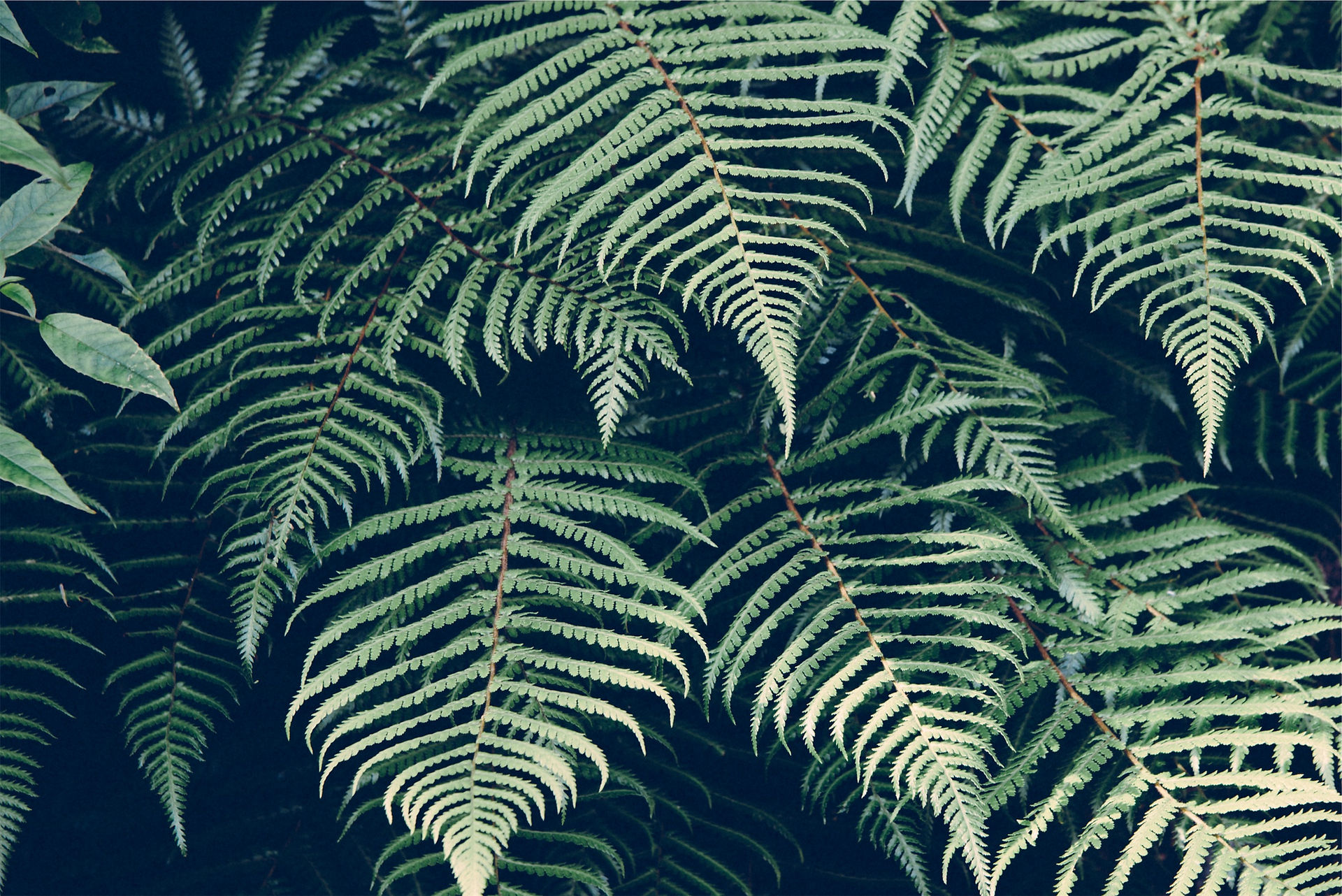
Toad in Trouble

It's Up to Us
Humans need to step it up and stop ignoring the croaking, or lack of, in their backyards. Texas is the only state home to the Houston toad, but only nine counties (and not even Houston) are territories of the toad.
If you are a Texas resident, here are some ways to decrease your negative impact on
the fragile, yet important, Houston toads:
Manage your cattle properly - It’s important to have your cattle rotationally graze, which means moving them from area to area so the grass they feed on can grow back without being ripped from its roots (TPWD, 2017). Don’t make rookie mistakes. This handbook can illustrate how to successfully manage your cows. There are many programs available in Texas to get educated. Register today!
Protect existing shallow ponds on your property, since these are likely breeding sites for the Houston toad (TPWD, 2017). Here’s a link to how to keep your pond clean!
Landscape with endemic plant species to reduce the amount of water and pesticides used. Here’s a guide to the native vegetation of Texas (TPWD, 2017).
Even if you aren’t a Texas resident, the Houston toad still requires your help in order to survive. The little things we do can actually translate to a bigger solution.
Come visit Texas! Spend the day at the Houston Zoo, learning about native Texas species and all your other zoo favorites.
Visit this page to learn what else the Houston Zoo is doing for the Houston toad, and at the bottom, you can donate to support their efforts! Every penny counts!
Don’t support large pesticide corporations like Monsanto. Many species are negatively affected by harmful “weed killers” (seems like they do a little more than kill just weeds), but amphibians are easily damaged by pesticides and herbicides because of their absorbent skin. In order to stop Monsanto, become familiar with their brands.
After the fire in Bastrop State Park, thousands of acres of loblolly pine were destroyed. This pine was special in the fact that they had adapted to drought better than their counterparts in the East, coming off genetically different. The park will try and replant the forests of pine, but it will be expensive and the park’s budget has already been slashed by 20%. Make sure to stop by Bastrop State Park – Your entrance fee is helping rehabilitate the Houston toad’s home and bring back the loblolly pine.
When you buy toilet paper and other paper necessities, make sure you are buying recycled products. 27,000 trees are cut down every single day to provide toilet paper for the world (Houston Zoo, 2016). Trees in our own backyards! And the Houston toad’s backyards. Being aware of what you buy can keep trees intact in the Houston toad’s habitat.
Write letters to Bastrop County or the Lost Pines Habitat Conservation Plan! Use your voice and demand that there should be more protection policies set in stone in order to make effective change. For example, the county should be putting more effort into protecting wetlands and expanding habitat. The LPHC does restrict some activity of what can occur on land owned within an endangered species habitat, however, it does permit residential and commercial development (Bastrop County Texas, 2016). Send the county your opinion on these regulations and if you think they are beneficial, or really just further harming the toad.
Lost Pines Habitat Conservation
211 Jackson Street
Bastrop, TX
78602
Bastrop County Courthouse
804 Pecan Street
Bastrop, TX
78602
Encourage resilient communities to work for positive environmental change that supports the toad!
your help is needed
There are numerous explanations for why and how we are seeing a dramatic decrease in the Houston toad population. If all of the environmental conditions were ideal without human interference, then we would be able to measure the toad’s biotic potential, which is the rate at which a species reproduces. Houston toads lay a tremendous amount of eggs during one single breeding season, making it a rapid producer with a crazy number of babies! So if the toad had absolutely nothing threatening it, then the population would be huge and would be able to recover easily, meaning the species would not be endangered. Instead, humans are contributing to environmental resistance, which are unfortunate and detrimental factors that can harm and limit the ability of a population to thrive and increase. Right now the population is limited to only a few hundred, showing that something WE as humans are doing is seriously wrong.
